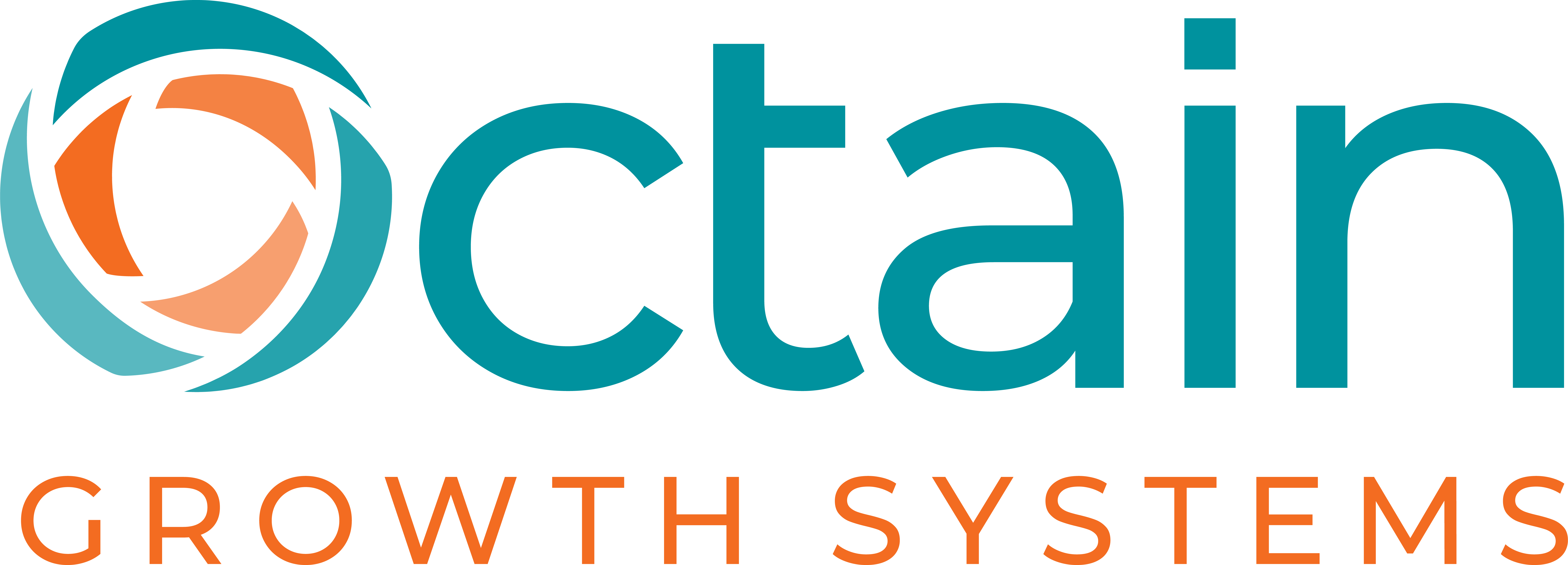2023 is shaping up to be yet another challenging year for business owners who are already battling inflation, stock market volatility, supply chain disruptions, and access to capital. The threat of recession hangs over every business decision.
Are we having fun yet?
As we turn toward planning for 2023, the big question is, how do you plan for the unplannable? How can you be prepared for the future and yet agile enough to handle unexpected curveballs?
The honest answer is that you can’t plan for the unplannable.
I’ll say it again. You cannot plan for the unplannable. With a traditional goal setting, activity driven plan, that is.
Instead, you need a system that provides a process and a framework. A system that has the structure to keep your company and your team on track and the flexibility you need to pivot to address new challenges.
Companies that had systems in place during the COVID pandemic survived and in many cases thrived, according to McKinsey & Co. A recent Xerox survey of 1,200 business decision makers highlighted that 80% believed automation was essential to their survival. 75% said they are more reliant on workflow technologies, compared with their pre-pandemic setups.
In 2023 the hard truth is that many businesses will struggle to grow without effective systems in place: a good financial system, a good business operations system and the real game changer – an effective marketing operating system.
Mind over matter. It’s time to change the way we think about marketing. The common perceptions of marketing as simple lead generation, a necessary evil, or a hit and miss activity only stunt growth. That’s why marketing is so frustrating for so many CEOs.
Instead, shift your mindset and see marketing as an operations center of your organization that drives revenue and growth, and also improves performance and productivity by making your team and resources more efficient. Make marketing a profit center not a cost center when you install a marketing operating system.
Close your eyes for a second and imagine the operating systems in your life: that run your computer, your car, your smart house. Now open your eyes and imagine, if you can, how these things would run without an operating system. Things would start falling apart – and fast!
What makes these operating systems work is a strategy, a blueprint for how all the processor, software and apps work, how you the user will interact with them to get your work done. It’s execution when the software commands the processor. And of course it is all automated so you can get it done with the click of a mouse.
When you have a marketing operating system in place, you can plan for the unplannable. Here’s how:
Step 1: Develop a Strategy. A strategy gives you the entire picture of how to build for growth. It is the opposite of piecemeal. An effective marketing strategy considers the gaps and opportunities in front of you, evaluates the options and predicts (as much as possible) the outcomes. By laying out a blueprint you can see where you are and what you need to get where you want to go. Because when you can see the big picture, you can adjust for unforeseen circumstances and reduce risk.
Within the Octain Growth System our strategic blueprints determine the direction for brand development, customer acquisition, message clarity, market expansion, sales enablement and product innovation.
Step 2: Engage in Smart Execution. The Power of Smart Execution is predicting outcomes and benchmarking resources before you start implementing a campaign. It’s the opposite of trial-and-error. It fundamentally translates to “I don’t know” and I’m willing to spend time, money and talent trying things to eventually find something that works (or not!). Nothing increases costs and risks more than trial-and-error marketing. In an uncertain economy, the only certainty about trial-and-error marketing is that it will be a disaster.
At Octain we have proven formula for evaluating marketing campaigns before you begin. It’s called a Growth Value and it works like this.
Projected revenue – cost of resources expended/timeframe needed to complete = Growth Value.
Campaign 1
$100,000 – $45,000 (cost of resources) divided by 6 months = growth value of 9.1
Campaign 2
$500,000 – $135,000 (cost of resources) divided by 14 months = growth value of 26.0
Of the two options, Campaign 2 clearly yields the higher result and should be the top priority for implementation.
Step 3: Automation. The Beauty of Automation is that it works without you. Once its designed and installed it runs and produces for you without constant supervision or hands on labor. That gives you back one of your most precious resources – your time. It means you’ll have time to look ahead toward the horizon and see what’s coming around the bend. Having the time to look ahead and prepare your team is key to planning for the unplannable.
Taken together Strategy-Smart Execution-Automation is your marketing operating system. Just like the operating system that runs your phone or your smart house, it will provide a foundation, a structure and a way of moving forward that anticipates and handles change so you can plan for the unplannable.
Want help planning for 2023? Book a discovery call today.



